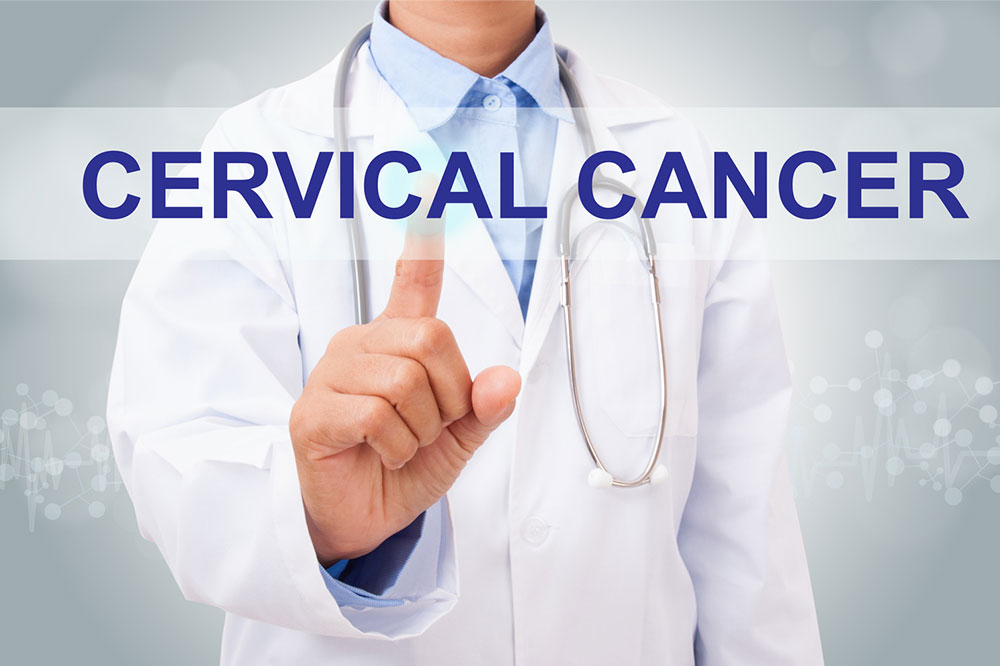
Cervical Cancer – Stages and Risk Factors
The diagnosis of a malignant tumor in the cervix is termed cervical cancer. This cancer can be prevented if regular pap screens are taken along with the HPV vaccination. There are several symptoms to indicate the presence of a tumor in the region. While this includes bleeding between period cycles, smelly white discharge, and lower abdominal pain, an understanding of the stages and risk factors of cervical cancer tells us a lot more.
1. The stages of cervical cancer
- Stage 1
In this stage, the carcinoma is invasive but is strictly confined to the deepest lining of the cervix. - Stage 2
In this stage, cancer has spread just outside of the uterus. However, it has moved to the pelvic sidewalls or lowermost region of the vagina. - Stage 3
Cancer has now spread to the lowermost parts of the vagina and the pelvic walls. This causes hydronephrosis – a swelling of the kidney. It may stop the kidney from functioning or spread out to the surrounding lymph nodes. In this stage, however, there is no distant spread. - Stage 4
This stage sees cancer spreading to the rectum or the bladder, and sometimes, to the other parts of the body.
The next stage in the study of stages and risk factors of cervical cancer is understanding the risk factors.
2. The risk factors of cervical cancer
- HPV virus
The human papillomavirus is one of the major risk factors for cervical cancer. While some viruses can cause warts around the reproductive organs in both males and females, these are mostly benign. However, certain high-risk types of the HPV virus can cause cancer. Infection in HPV is fairly common. However, when the infection becomes a chronic condition, it may lead to cancer such as cervical cancer. - Sexual history
Your sexual history can play an important role in determining your risk for cervical cancer. For instance, being sexually active at a very young age (earlier than 18), having many sexual partners, or having a partner who is at high risk or has had many partners is bound to put you in the high-risk category. - Family history
If you are aware of cervical cancer in your family, then you probably have a higher risk of developing the same. For instance, if your mother or sister has or had cervical cancer, your chances are certainly higher. Sometimes, a rare inherited condition can put you at a higher risk of developing cervical cancer. - Young age pregnancy
A full-term pregnancy at a very young age can put women at a higher risk of developing cervical cancer. The risk is certainly higher than in those women who experience a full-term pregnancy later.
It is important to understand the stages and risk factors of cervical cancer before you take the necessary precautions or tests needed to stay in control.


